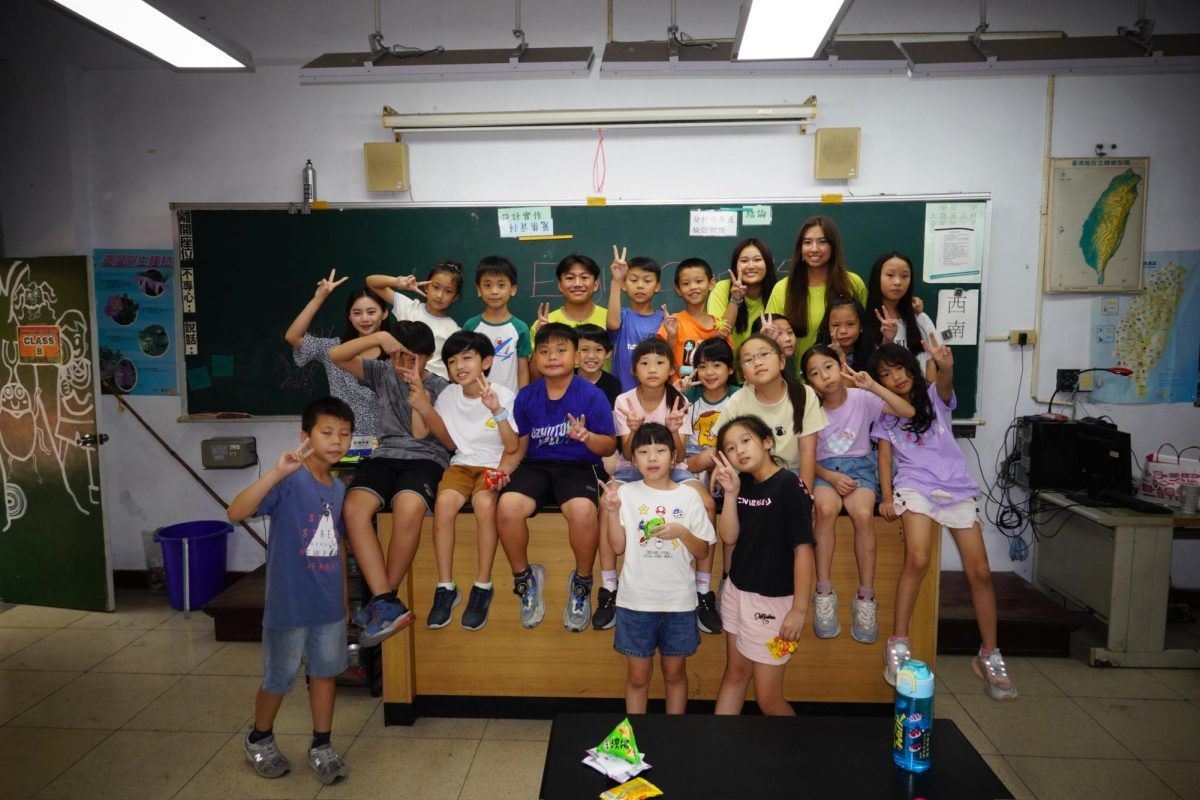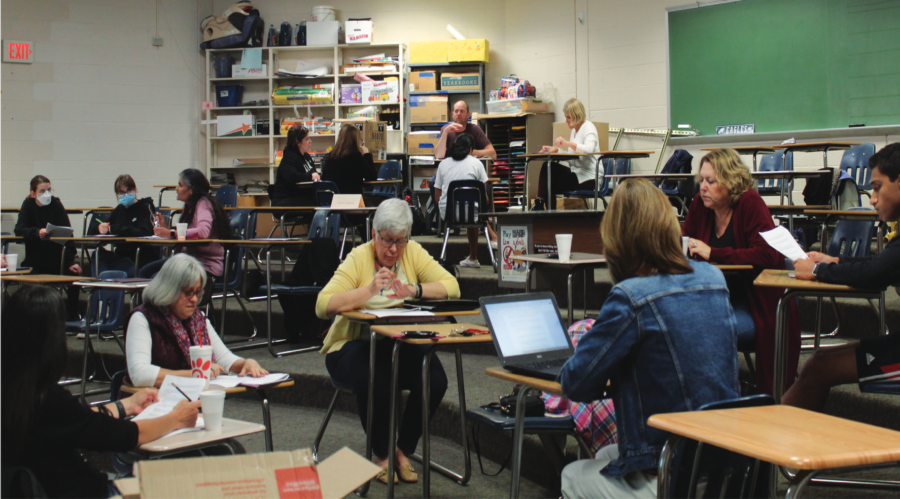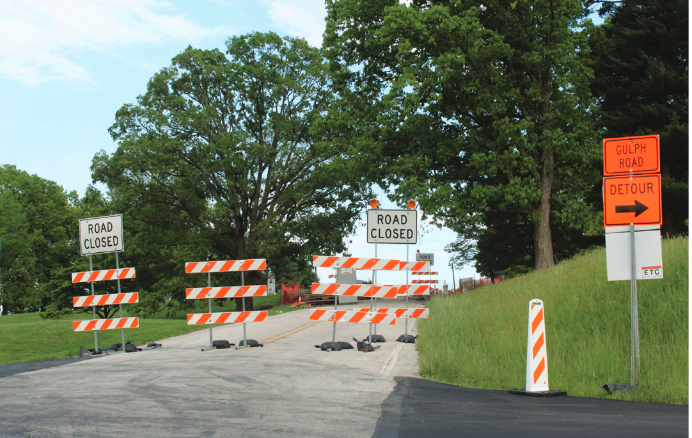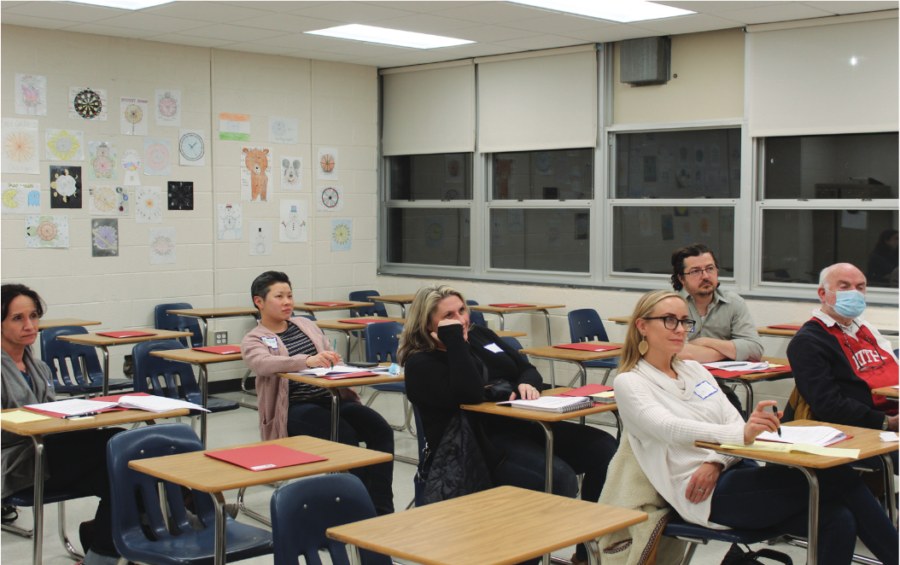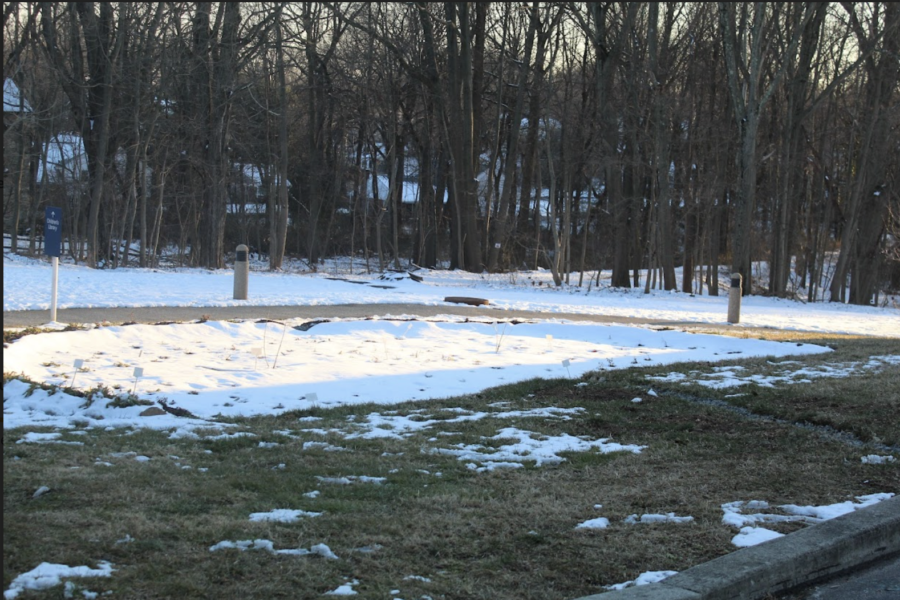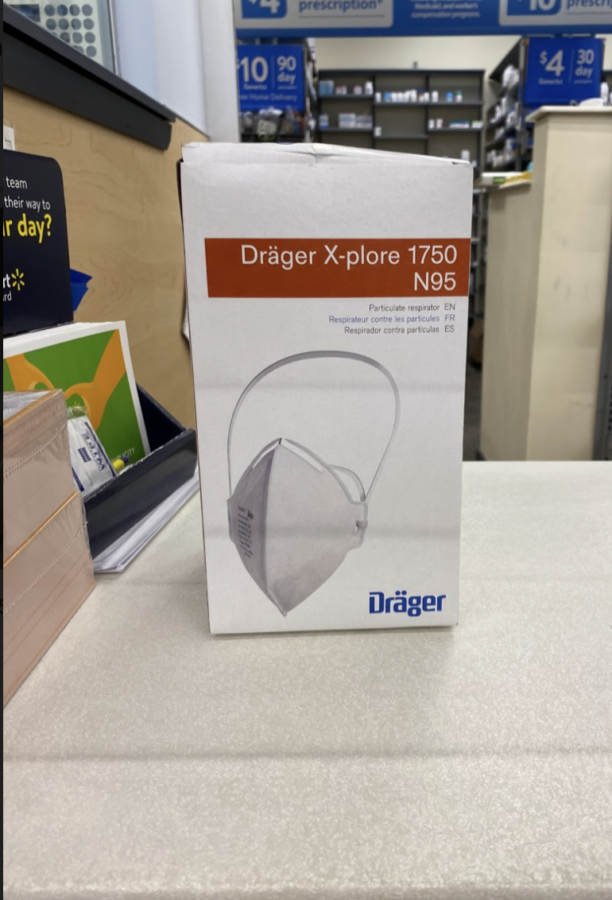By Rohan Anne, Co-Webmaster
After 12 hours of meetings by seven teams spread over the past two months, the TESD Action Teams put forward “result statements” that they passed on to the school board on May 24. These statements will determine the school board’s focus and the district’s future for the next six years and ultimately define the district-wide school experience.
The TESD Action Teams comprised of students, teachers, parents, teachers and community members who worked together on Tuesday evenings to move the district forward through planning sessions at Conestoga. The action teams split up to cover and come up with approaches to the topics of curriculum, equity, mental health, safety, sustainability, engagement and faculty support. Georgia Scherer, a junior and member of the safety team, joined to make a difference and hear other voices.
“Students have a unique perspective since they are affected the most by school district policies and are the ones in the classroom,” Scherer said. “Once I got the email invitation to join the TESD Action Teams, I joined because I wanted to hear the perspectives of students, teachers, parents and staff, but I also thought it would be a good way to have my voice heard and make (the biggest) difference in the school district.”
At the end of the six planning sessions, the Action Teams came up with creative ideas and strategies regarding how the district should focus its attention for the next six years. The Curriculum Action Team narrowed in on three major curriculum-focused sectors on which to improve: the academic excellence of students, pathways for student success and the inclusiveness of the curriculum. One idea the team came up with was introducing mandatory electives that teach key life skills. However, most of the team’s discussion centered around bringing AP and honors courses closer together by changing the GPA system.
“During our planning sessions, 90% of our discussion about high school curriculum was around the grading system, and the team’s plan suggested a change in the GPA system to reduce the GPA difference between the honors and AP courses,” said Anuja Mitra, parent and Curriculum Action Team Member. “It seems like a lot of students are only interested in AP courses for the GPA improvement and not necessarily because they are interested in the AP subject.”
The Safety Action Team also took the approach of focusing on three themes: increasing a sense of belonging, improving forms of communication and emphasizing empathy between community members throughout the district. The team discussed the idea of creating meetings within individual schools once a month where students from different grades can meet, talk and play games to increase the sense of community. However, Breziner believes that one of the most important creative ideas the team discussed was the implementation of a new communication system that would inform community members about what is happening within the district.
“One of the most innovative things proposed was to create a website or messaging system where parents could go and check for updates on safety issues in TESD such as criminal cases because parents would like to know what is going on in the community or any safety emergencies happening around them,” Breziner said.
The Mental Health Action Team, narrowing its focus to staff rather than the community at large, mainly focused on improving professional development for staff so they are better equipped to manage student mental health issues and enhancing lanes of communication between students, teachers and counselors. The team brainstormed the idea of creating an integrated mental health and wellbeing curriculum for all grades at the middle and high schools. Senior Chloe Brooks, a member of the Mental Health Team, thought it was the most important idea the team discussed.
“During elementary school, they do a good job of balancing the day so that students have time for academics and learning as well as including multiple mental health presentations, but in middle school and high school, that balance is lost because students are focusing more on academics,” Brooks said. “We talked a lot about having allotted time or extended homerooms just so students can independently learn how to maintain their mental health so that when they encounter a stressful situation, they have a tool belt of resources to cope with the situation.”
The Action Teams presented their ideas to the school board and the Strategic Planning Committee, who develop and review the current district strategic plan, on May 24. The Strategic Planning Committee is working to take the next steps with the school board to implement the action teams’ ideas in TESD.
Rohan Anne can be reached at [email protected].









